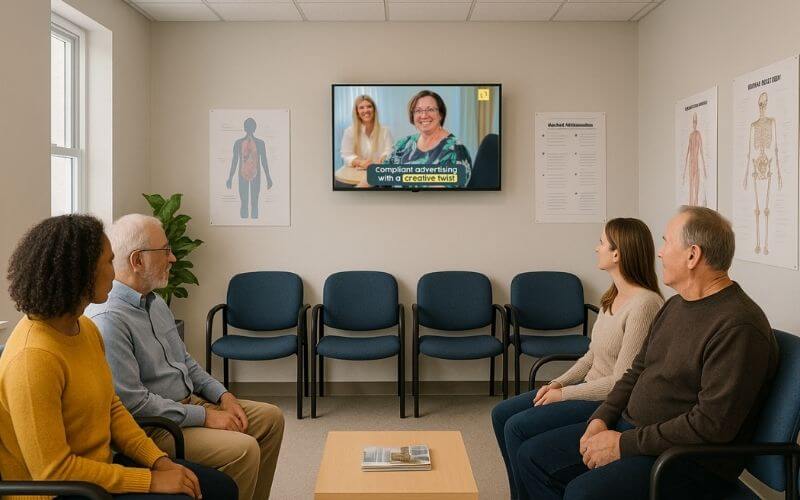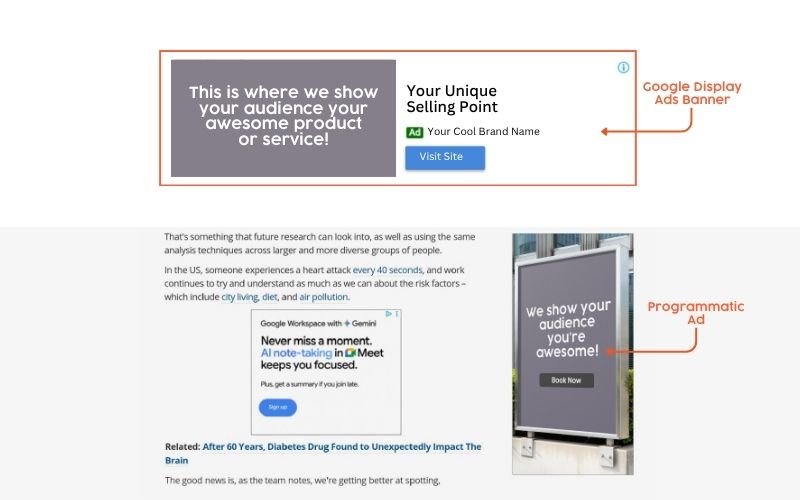Human beings are fundamentally creative. From our early days, we’ve made cave paintings, invented tools – and sat around the fire telling stories.
Many of the best TED Talks are anchored in storytelling. Presenters don’t rely on dull graphs and statistics. Instead, they explain their thesis by telling their story – and that’s why we listen.
Case studies – a key part of clinical education – are basically a form of storytelling too. Healthcare professionals are able to immerse themselves in a real clinical situation and reflect on why certain choices were made and how things played out.
Why are stories so powerful? Because they engage our imagination and emotions. Stories create a sense of connection – and that’s what makes them a valuable marketing tool.
What does a good story need?
Good stories have some things in common:
- Empathy for the character who faces a difficult choice
- Some stakes – something to make us curious, intrigued or invested in what happens next
- Immersion – we need to feel like we’re in the thick of it with enough detail to make the story feel real but not so much that we’re bogged down
- Resolution – the choice is made, the problem is solved and the character has grown in the process.
How can you use stories in your marketing?
So, what role do stories play in marketing your healthcare business? A vital one.
US researchers analysed consumers’ emotional connection with brands and found that ‘when companies connect with customers’ emotions, the payoff can be huge.’ Writing in the Harvard Business Review, they cite several examples of companies leveraging emotional connection, including a:
- Major bank increasing Millenials’ use of a certain credit card by 70% and of new accounts by 40%
- Popular household cleaning brand turning market losses into double-digit growth within a year
- Clothing retailer achieving a three-fold increase in same-store sales.
But which emotional motivators drive behaviour? The researchers found 10 key drivers that remained consistent across many different industries.
| I am inspired by a desire to: | Brands can leverage this motivator by helping customers: |
| Stand out from the crowd | Project a unique social identity; be seen as special |
| Have confidence In the future | Perceive the future as better than the past; have a positive mental picture of what’s to come |
| Enjoy a sense of well-being | Feel that life measures up to expectations and that balance has been achieved; seek a stress-free state without conflicts or threats |
| Feel a sense of freedom | Act independently, without obligations or restrictions |
| Feel a sense of thrill | Experience visceral, overwhelming pleasure and excitement; participate in exciting, fun events |
| Feel a sense of belonging | Have an affiliation with people they relate to or aspire to be like; feel part of a group |
| Protect the environment | Sustain the belief that the environment is sacred; take action to improve their surroundings |
| Be the person I want to be | Fulfill a desire for ongoing self-improvement; live up to their ideal self-image |
| Feel secure | Believe that what they have today will be there tomorrow; pursue goals and dreams without worry |
| Succeed in life | Feel that they lead meaningful lives; find worth that goes beyond financial or socioeconomic measures |
Source: Harvard Business Review
Your brand story
Many businesses have a fantastic story behind them. There’s a reason you do what you do and why you give it your all. Often, it’s because you’ve seen a problem you want to rectify.
Lucent Globe’s brand story has elements of the underdog and the hero. The Gold Coast twins who loved exploring the far corners of the world, were saddened by the amount of plastic waste they saw in beautiful, remote locations. They knew they couldn’t fix it all. But they could do something. So they invented plant-based laundry and dishwasher sheets, eliminating one source of plastic used daily in the home.
Focused Health Care’s brand story positions them as agents of positive change in an industry that often makes people conform to a rigid business model. In contrast, Focused Health Care is run by Registered Nurses who, because of their deep understanding of human needs, have made client-focused management decisions like setting a 1-hour minimum shift so that people can spread their funding out as they wish.
Position yourself as an ally
Storytelling can help position your business as an ally to your client base. It can help show that you understand their struggles and that the help you offer comes from a place of deep empathy.
Migraine, for example, is a poorly understood condition that often leaves sufferers feeling isolated. To market their migraine drug, Excedrin created The Migraine Experience, which gave the friends, family and colleagues of a migraine sufferer a chance to experience migraine symptoms through a VR headset. It was a powerful story that created a sense of recognition and belonging.
Dove has done something similar with its Campaign for Real Beauty. They’re not selling soap here – they’re coming alongside women who face impossible beauty standards. In one of their most famous videos, each woman is the subject of two portraits drawn by an FBI forensic artist: one based on her own description, and the other using a stranger’s observations. It’s a story with a positive message – you’re more beautiful than you think you are.
Your content
If you have a blog, you may be writing about clinical conditions that you treat. Storytelling can bring life to what could otherwise be a rather bland recap of symptoms and treatments.
Through storytelling, you could describe the life of a famous person with that condition, showing how they managed or illustrating how times have changed.
Examples include:
- RSM’s report on a century of Australian healthcare. That’s a big topic but the introduction draws the reader in by focusing on the story of Phyllis Adams, the first Australian to receive insulin in 1922. Her life-saving injection on a pier at Sydney Harbour is then presented as a fitting start to a century of innovations that saw Australians receive eight Nobel Prizes for physiology and medicine for inventing the cochlear implant, the HPV vaccine, sunscreen, embryo freezing, flu antivirals and the medical application of penicillin
- Lillybrook Dental’s blog on advances in dental technology. This opens with the story of a political prisoner in the late 1700s who created a prototype toothbrush from swine bristles threaded through a cattle bone that he’d saved from his dinner one night and carved into the right shape.
- Neurofit Brain Centre’s blog on The rise of multisensory learning in dyslexia treatment, which explains the reading process of coding and decoding with reference to Egyptian hieroglyphics.
How can Splice Marketing help?
Splice Marketing is an award-winning marketing agency, led by entrepreneur Ellie Bakker, who founded the company when she was 29. Ellie embarked on her first business venture as a child, gathering up rose petals and selling ‘perfume’ to her neighbours.
We’ve helped many Australian and international healthcare organisations to tell their stories. In fact, we’d even say we’ve got an eye for a good story and are often able to spot the ones you can’t see for yourself.
That’s particularly true when it comes to your brand story. We love helping to tell the story of your healthcare business through web copy, blogs, videos and imagery. Storytelling is a great way to foster an emotional connection with your audience that builds loyalty.
If you’d like to learn how we could help you, please book your free consultation today.







